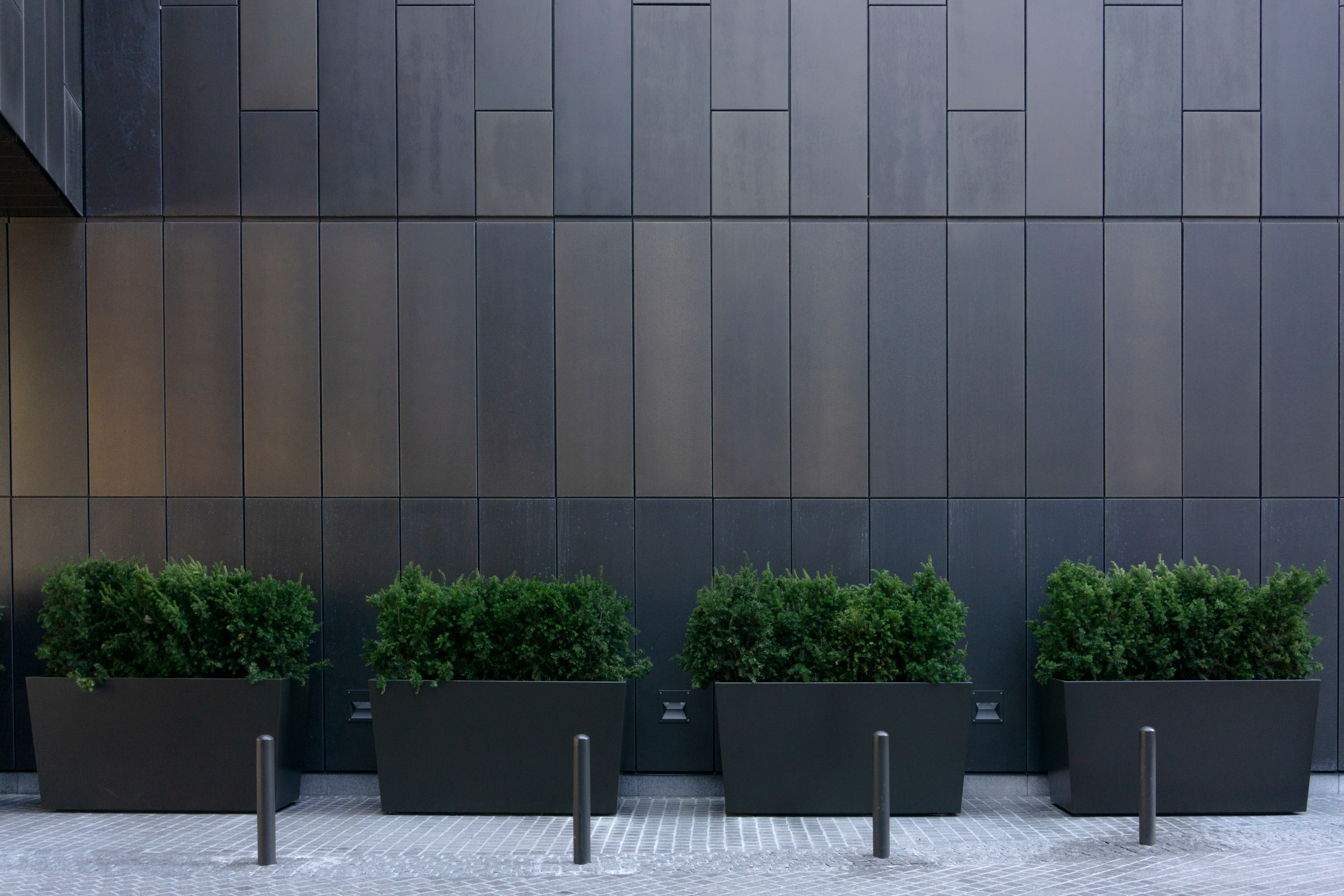Are Stone Pots for Plants a Good Choice for Commercial Landscapes?
Posted by Jason Wyrwicz on Aug 8th 2024

If you're wondering how to add extra color, texture, and wow factor to your commercial decor, indoors and out, beautiful botanicals are the answer. The trouble is, with so many options available, which planter material is best for keeping your greenery looking lively and lush? Although often overlooked, the type of container you pick affects everything — from the healthiness of the roots to the speed at which a plant grows — so it's important to give it some thought.
Whether you love the red, earthy tones of terracotta, the urban cool of concrete, or the variety of patterns decorating ceramic pots, stone certainly is one of the most enduring and versatile types of planter material. But, while they’re prized for their natural aesthetic and charming patina, stone pots for planters tend to be much heavier and bulkier to maneuver, making them more expensive to ship and deliver. Plus, they are also fairly fragile and easily damaged.
Here are three other things to consider when deciding if stone planters are the right choice for your office building, restaurant, hotel, or retail space.
1. Weight
Even without adding soil, water, and plants into the mix, stone pots are weighty and require specialist equipment to lift them, especially in the dimensions needed to hold large shrubs and trees. It's wise to choose hardy foliage for these containers, such as boxwood, winterberries, and catmint, as these species can handle colder weather and won't need moving inside when temperatures drop.
2. Porosity
On the one hand, stone's porous nature benefits your plants as it allows more air to move through the pot's walls, helping to prevent root rot and soil disease. However, having these minute gaps dotting its structure means more moisture is absorbed, making these planters susceptible to warping and corrosion.
Plus, it's tricky to keep them looking their best as, unlike containers made from smooth, non-porous materials that you can simply wipe clean, stone sucks in stains, making them almost impossible to remove.
3. Durability
Built with longevity in mind, one of the main attractors of stone planters is their sturdiness. You can rest assured they won't disintegrate or become brittle after only using them for a couple of years, like wood or cheap plastic pots, nor will they be sent flying by strong gusts of winds or people rushing past.
But, there is a downside to their solidness. As temperatures change from warm to cool, stone doesn't expand and contract, which can cause cracks to appear, growing in size until they eventually split the pot completely.
A Clever Alternative to Stone Planters
Still have your heart set on stone planters but are concerned by some of the points mentioned above? Don't panic — there is an alternative. Manufactured from sheets of interwoven spun glass and held together by a cohesive substance called resin, fiberglass planters are available in a wide variety of colors and finishes, including styles that perfectly mimic the look and feel of stone.
Plus, fiberglass is incredibly lightweight, making these containers easier to move and transport. They’re also resistant to frost and extreme weather conditions, and they won't shatter or chip when knocked.
At Pots, Planters & More, we have a vast range of high-end commercial fiberglass planters, including those with faux stone and concrete finishes. To learn more, contact our expert team by calling (855) 627-1066 or emailing sales@potsplantersandmore.com. We’re always happy to answer any questions!



